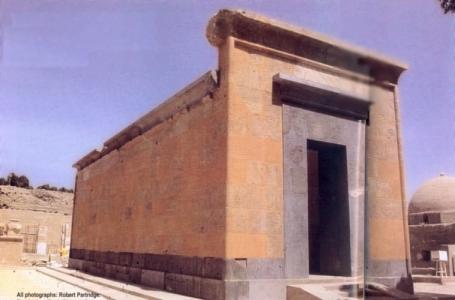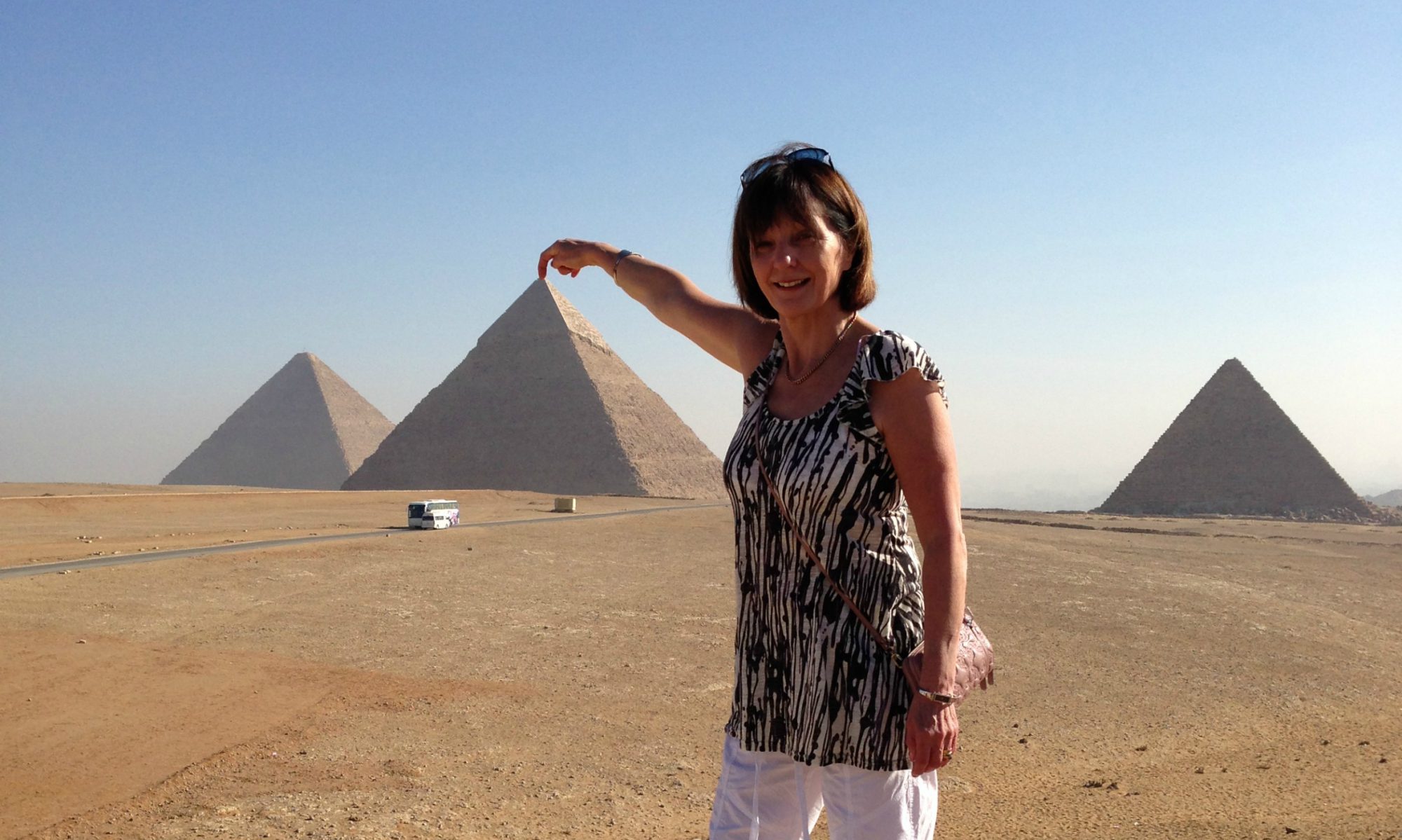Ancient Egypt Magazine
For those interested in travelling on a Nile Cruise and doing a little research and homework before you go you might be interested in the Ancient Egypt Magazine.
Here’s what Ancient Egypt Magazine is all about:
“Ancient Egypt is a magazine researched and written by experts in the field of Egyptology. Its lively and informed style appeals to the many thousands of ordinary people fascinated by this early civilisation, and provides them with the latest news on their interest.
With reviews of international exhibitions, visits to museums at home and abroad, educational material, book reviews, features and an introduction to hieroglyphs, every issue of Ancient Egypt appeals to both the committed student and those who are new to the subject”.
You can subscribe to the magazine for £24 for 6 issues and I would think that doing so can only enhance your enjoyment of your cruise.
Here’s just a sample of an article about the The Red Chapel’ of Hatshepsut and Thutmose III at Karnak.

Visitors to the great temple of Karnak do not always realise that to the left of the first courtyard when entering the temple, is an area known as the ‘open air museum’ writes Bob Partridge. A separate ticket is needed for this museum, but it is well worth it, for it is there you will find some of the oldest buildings in the huge temple complex.
In a corner of the temple enclosure lie the blocks of buildings dismantled by various pharaohs to make room for their additions to the main temple. The blocks were used as foundations and infill for later buildings and have been recovered during reconstruction and conservation work at the site.
It has even been possible to reconÂstruct several of the buildings, including the oldest structure of all at Karnak the White Chapel of Senuseret 1 of the Middle Kingdom.
Amongst the number of blocks recovÂered from a number of dismantled buildings, were a large number dating to the reigns of Queen Hatshepsut and Thutmose III.
The red quartzite and black granite blocks come from a barque shrine, the buildÂing of which started around four years before Hatshepsufs death in 1483 B.C. Her nephew and successor, Thutmose III, continued with the building of the shrine, but it was never finÂished and it was ultimately dismantled to make way for larger building on the site.
It would appear that the blocks were carefully stored. within the temple for future use. Some seem to have been reused fairly quickly, but it was Amenhotep Ill, who used all the remaining blocks as filling for his Pylon (now known as the Third Pylon, which was a splendid new river‑facing entrance to the temple).
You can continue reading the article here.




